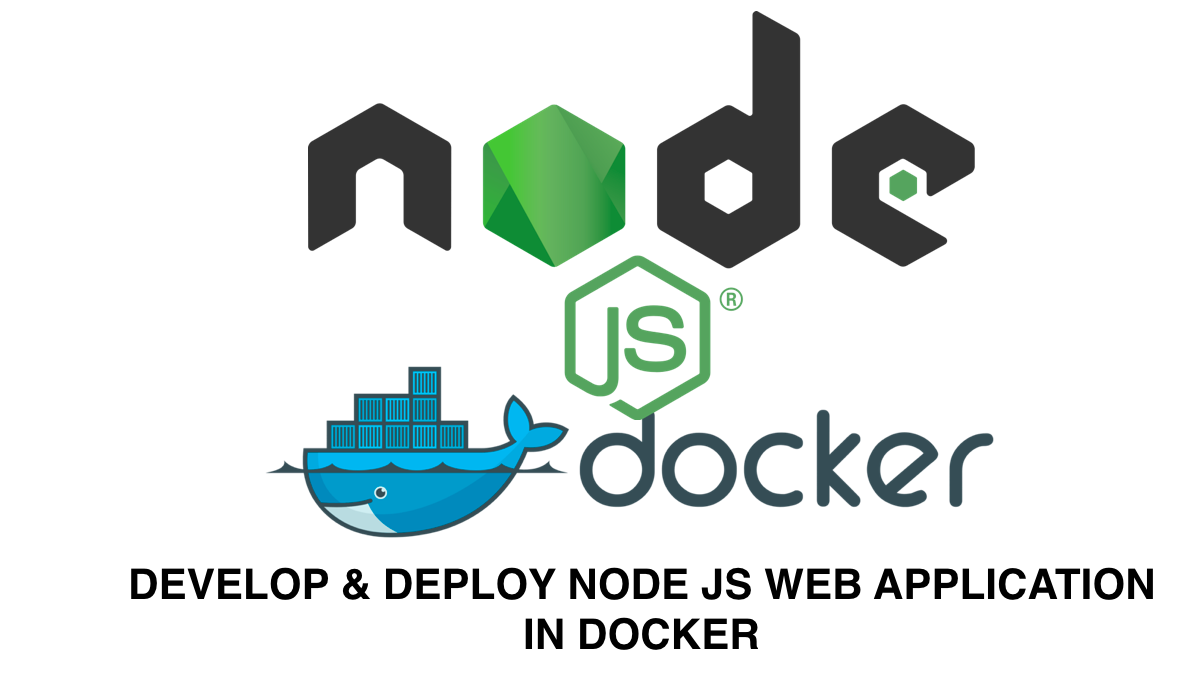

The avalanche of requests and data coming from IoT devices does not block Node.js web servers thanks to their event-driven architecture and asynchronous processing suitable for I/O-heavy operations on the IoT network. The most obvious advantage of Node.js as a back-end for such networks is its ability to process multiple concurrent requests and events emitted by thousands or even millions of devices on the network. Since 2012, when the popularity of IoT rose dramatically, Node.js has become one of the preferred solutions for enterprises and organizations seeking to develop their private and public IoT systems. IoT may consist of thousands of such devices, which makes it challenging to manage requests and data streams from and between the devices.

Normally, IoT systems pass data from devices to servers and from servers to applications that process it and display it to users. IoT (Internet of Things) is a network of devices such as sensors, beacons, actuators, and any other items embedded with electronics that enables them to send and exchange data. Read more about common use cases for Node.js apps Non-blocking I/O makes Node.js very fast, lightweight, scalable, and efficient in handling data-heavy and I/O-heavy workloads characteristic of several types of web applications. Node.js is a JavaScript runtime environment built upon event-driven programming that enables non-blocking I/O (Input/Output) capable of serving multiple concurrent events in a single thread. We will present six most popular solutions, including IoT applications, applications built around microservice architecture, real-time chats, real-time collaboration tools, streaming apps, and Single Page Applications (SPAs). Node.js can be used efficiently in many kinds of applications.


 0 kommentar(er)
0 kommentar(er)
